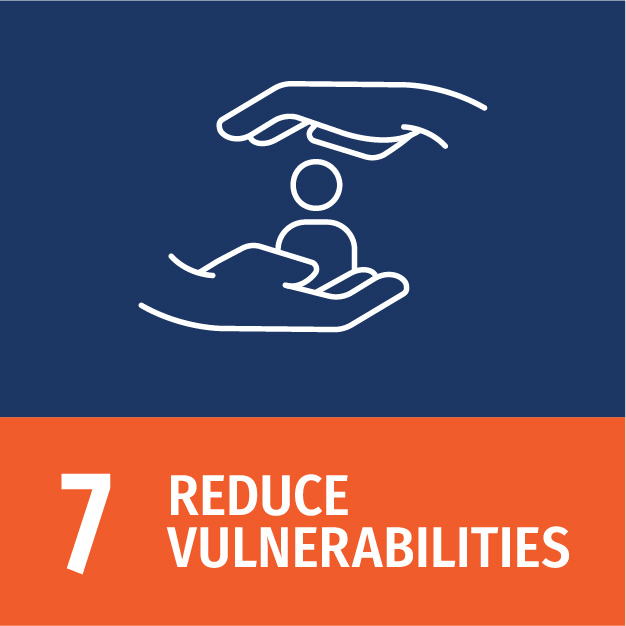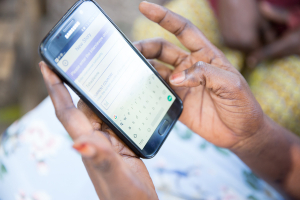
Measuring the effectiveness of social distancing measures in Namibia using mobile phone data
Summary
This initiative uses anonymised and aggregated data from Call Detail Records provided by mobile network operators (MNOs) to analyse the mobility patterns of populations during the COVID-19 pandemic in Windhoek, Namibia, from March 17th to October 14th 2020. It studied mobility between and within regions in Namibia. Ultimately, this project could support the Government in designing and implementing lockdown measures.
Results
This project demonstrated that the mobility and flows increased overall just one day before the announced lockdown measurements started. The lowest human movements were seen in the first lockdown period (28 March until 4 May 2020) and the highest in the fourth one (30 June until 14 October). In particular, regions with a higher density of commercial areas showed the strongest decline in measured human mobility, if compared to Windhoek’s residential areas. This project could be replicated in other geographic contexts, especially in areas with high infection rates of COVID-19. The most important requirements are a high penetration rate of mobile phones and a secure and effective data partnership with a mobile network operator (MNO) to access the data.



